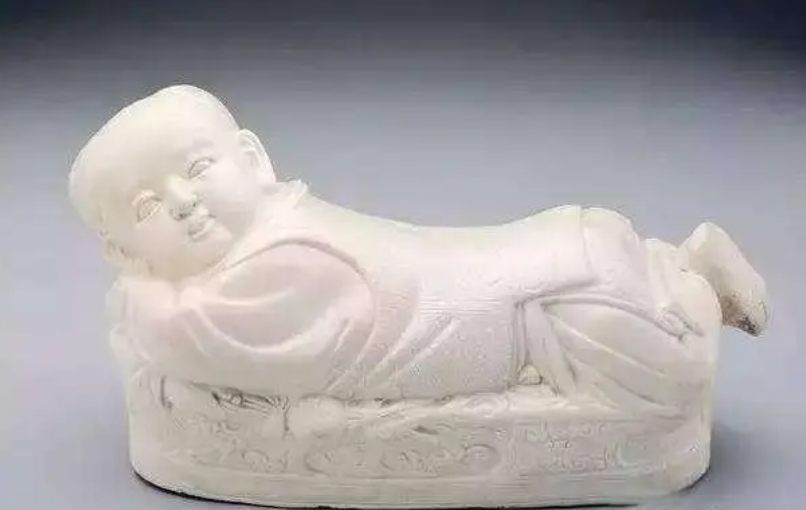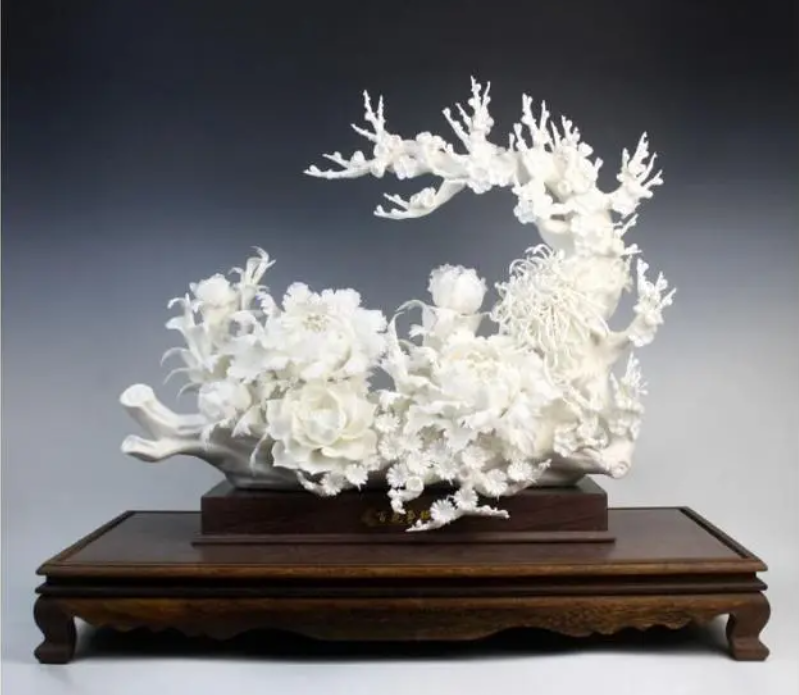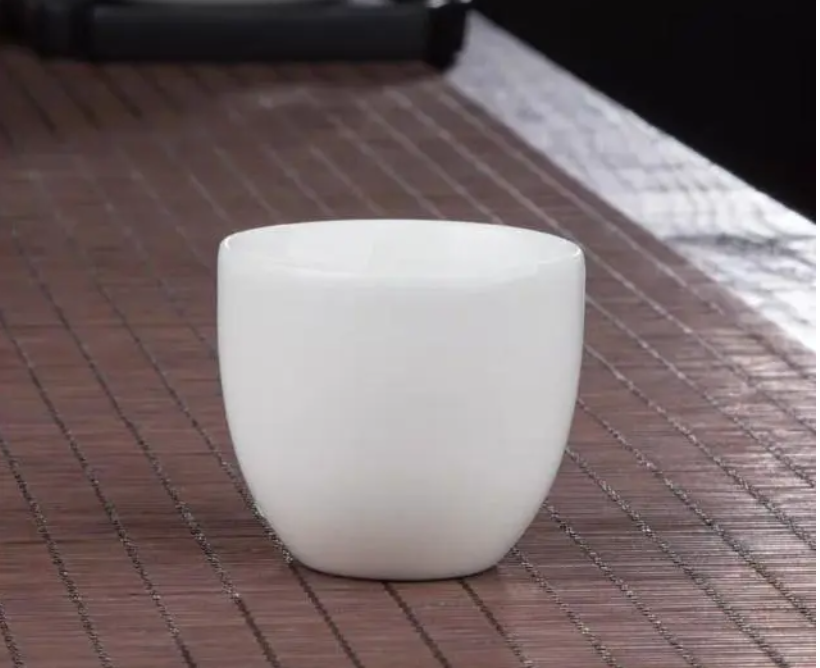


The white porcelain produced by Xing Kiln in the Tang Dynasty can be divided into coarse and fine according to the texture of its body and glaze. The embryo of coarse white porcelain can be divided into coarse and fine. One kind of coarse embryo is gray and white, and the embryo is rough; One type of thin tire is dense, and the tire color is light, but it is still not white enough. A layer of white makeup soil is often applied to whiten it. The glaze of coarse white porcelain is fine, some of which have fine grains, and the glaze color is gray or milky white, and there are yellow and white. The body color of fine white porcelain is pure white, and the individual white and yellow glaze is very fine. There are tiny brown eyes in the glaze layer. The utensils are mostly covered with glaze, and the glaze color is pure white or slightly cyan in white. The white glaze can be divided into thick and thin glaze, with the thick glaze accounting for the majority and the thin glaze accounting for the minority. The fine white porcelain produced by Xing Kiln is made of high-quality porcelain clay. The body is solid and delicate, the body color is as white as snow, the glaze is translucent, and some are as thin as eggshells, with excellent transparency. General utensils are pure white and bright, while some are white and slightly green. The plain surface of the white porcelain in the early stage of the Xing kiln was not decorated. After the middle of the Tang Dynasty, especially in the late Tang and Five Dynasties, the decoration methods such as sculpture, stacking, printing, carving, edge pressing, edge raising, and flower mouth appeared in the Xing kiln wares. In the late Tang Dynasty, Xing kiln gradually declined due to the reasons of porcelain raw materials.
